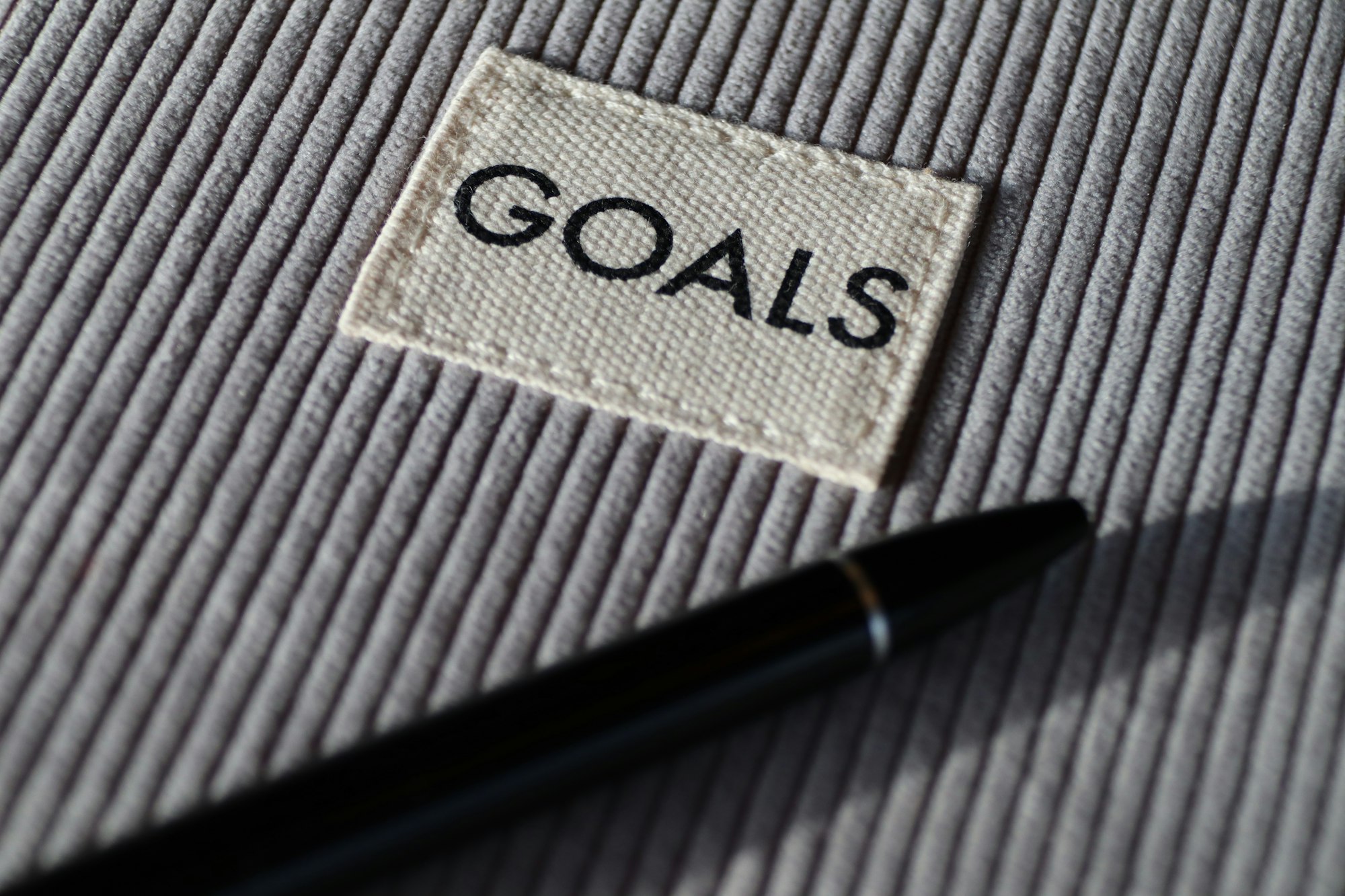Introduction
Goal setting is a great way to help students reach their potential and become successful. Having solid goals help students stay motivated in their studies as they strive to achieve those goals. Teachers can help students set a variety of goals that help them move ahead in their academics. You can make use of Locke’s goal setting theory in the classroom to encourage students and improve their performance in school endeavors. Here, we will explore how you can use Locke’s Goal Setting Theory to create SMART goals for your students so that they can succeed in school and life beyond it!
What is Locke’s Goal Setting Theory of Motivation?
American psychologist Edwin A. Locke, who was born on May 15, 1938, is regarded as the pioneer of goal setting theory. Edwin Locke proposed the goal setting theory of motivation in the 1960s. According to this theory, task performance and goal setting are fundamentally related to one another. Five guiding principles served as the foundation for Locke's goal setting theory, which are clarity, challenge, commitment, feedback, and task complexity. The individual must be able to set goals based on these principles. Let us look at each of these in detail.
Clarity
According to this theory, the goals should be very specific and clear. This is the primary step in setting a goal. While applying the principles in a classroom, ensure that your students have clarity about the goals that they set. This would help them set their goals in an achievable way.
Challenge
The goals should be challenging enough to unleash the hidden potential of the individual. You can help your students with their goals and make them understand the importance of setting goals that are attainable. If the challenges are too difficult to achieve, they might lose interest in achieving their goals and also might lose confidence in themselves.
Commitment
Once an individual sets his/her goals, he/she should be committed to completing them. They have to put in the time and effort and achieve their goals. Their level of devotion to their task is largely influenced by how consistently they put in the effort.
Feedback
Feedback plays an important role in the completion of goals. You can give your students relevant feedback that can help them complete their goals. Moreover, this feedback will help them realize their strengths and weaknesses and work towards perfecting their efforts.
Task Complexity
As mentioned before, the goals should not be too complex to achieve them. They should be challenging, yet achievable. As a teacher, you can help your students to set goals. You can frame the goals by determining their competency.
Implement Locke’s Goal Setting Theory in Classrooms
Help Students Set Smart Goals
SMART goals are Specific, Measurable, Attainable, Relevant, and Time-bound. The goal should be specific enough to help you measure your progress against it. The goal must have some way for you to know if it's been achieved or not. You can learn more about your students to set smart goals for them. When you know your students really well, you will be able to help them figure out goals that are perfect for them.
You may keep an eye on your students to see if they are making progress toward their objectives. You could provide them with advice on how to make their efforts better. You can also engage your students in a variety of activities that foster a sense of competition. It helps them stay focused with respect to their goals.
Provide Relevant Feedback
When you give feedback, make sure that it is clear and specific for them to follow. When you find out something is going wrong, give feedback on the spot, especially if your student needs immediate assistance with a task. If possible, give feedback in a timely manner so that students have time to reflect on their work before receiving praise or criticism from you.
You can keep track of the work in a regular manner so as to provide them with the necessary feedback. This feedback would help them in improving their performance and surpass all the difficulties that may arise.
Small Steps Toward the Goal
To be successful, you need to take each step of your goal one at a time. This will help keep your students motivated and on track as they move toward their goals. Once you’ve broken down the goal into manageable steps and given them a checklist of what they need to do along the way, be sure to include regular check-ins so that your students are reminded of where they are in their progress toward achieving those goals.
When the goals are broken down into smaller steps, it makes it easier for the students to achieve their goals. They will feel motivated every time they complete a step and it will boost their confidence.
Be a Helping Hand
There is no doubt that teachers can make goals for students. In fact, teachers should be the ones setting goals for their learners. This is because it is up to you as teachers to help our students set their own goals and achieve them.
You are the ones who know your students the most. Inside the classroom, they have a number of opportunities to showcase their range of abilities. Because of this reason, you will be able to help your students to pursue their goals and to be a helping hand in achieving them.
Conclusion
This article helps you implement Locke’s Goal Setting Theory in your classroom. Teachers play a key role in the success of students. You can help your students to improve their performance and set goals that are attainable. Moreover, you can be their source of motivation and encouragement to achieve greater things in school and life.
Suggested Read - Tips for Goal Setting and Future Self-Journaling
Teachmint provides ed-infra to educational institutions. With our state-of-the-art lms portal, teachers can improve the teaching-learning experience. Our tools like institute erp help schools manage their everyday activities hassle-free.






